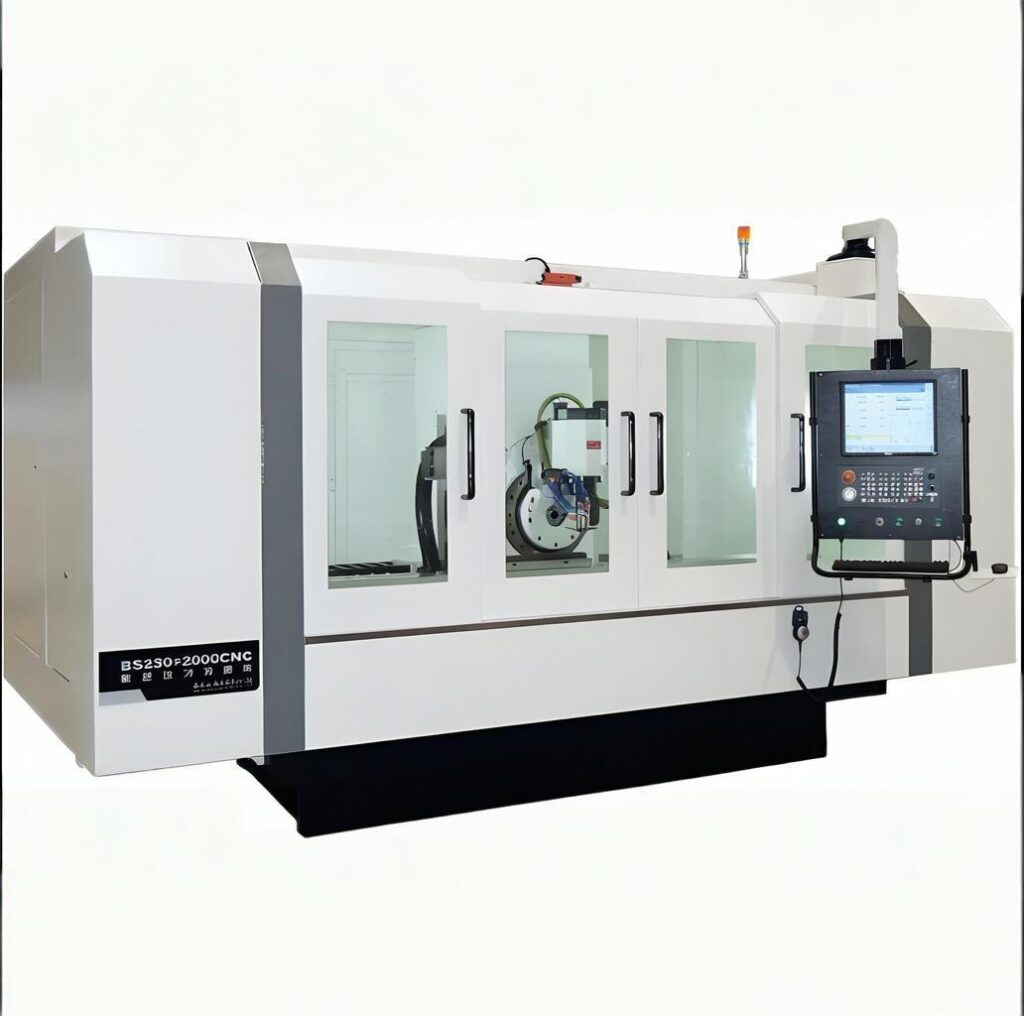A grinder is an essential part of any woodworker’s workshop. You are a finish, a precision, and an efficiency tool. Whether it’s for preparing faces, smoothing, removing material, or sharpening tools, the effectiveness of your grinder can make all the difference in your project.
However, like any machine, it requires care, knowledge, and technique to perform at its best. Suppose you aspire to learn how to grind, and you’re looking for grinding advice. In that case, you’ve just discovered the most practical source for grinding instruction and grinding recommendations … and Industrial Machinery is not an advertising company. This guide is here to help you do exactly that.
Start with the Right Setup
The pursuit of the ultimate starts long before the machine is switched on. Proper setup is critical. Ensure your machine is secure. Vibration is the arch enemy of grind-o-matic equilibrium. Even small actions can significantly impact the quality of your work.
Check the level and alignment of the table and grinding head. Misalignment may not be important, but it can cause uneven surfaces and reduced tool life. Always test cut, and adjust your machine before beginning a new project. Some preparation can save you from costly mistakes.
Choose the Right Grinding Wheel
The grinding wheel forms the central component of any grinding machine. Performance is determined by its material, shape, and grit size. Different jobs require different wheels. Using the wrong one can cause the tool to overheat, leave a poor surface finish, or produce an unsatisfactory rate of work.
If you’re grinding the ferrous metals, opt for a tough abrasive like aluminum oxide. Silicon carbide might be better for less sturdy materials. Higher grit numbers produce finer finishes, while lower grit numbers result in coarser finishes. Know your work and match the wheel to the job.”
And never, ever forget to dress your wheel. With age, it gets clogged up and glazed. Dressing sharpens it and keeps it in shape. It will help with burr removal and provide for stonger edjes.
Optimize Speed and Feed Rates
Speed and feed rate are more than just a couple of numbers on a dial. They have a direct impact on how efficiently your machine will run and the finish quality of your surface. If it’s too fast, then you risk building up heat and wearing away your tools. Too slow, and you’re wasting your time without improving the result.
Set the spindle speed according to the material and grinding wheel. Softer materials can tolerate faster speeds. If your material is harder, you’ll want to slow down and take an even pace. The objective is to strike a balance — fast enough to be economical and slow enough to be in control.
Make lighter cuts on the finishing passes. As a result, you get a smoother finish and fewer chances of getting burn marks or chatter. Let your grinder do the cutting, but never force it. In the end, a slow, steady feed always takes the cake.
Circulate Coolant Consistently and Inlet Cleaned
Grinding must not generate heat. It impacts not only the surface appearance but also the internal structure of the part. This is where the importance of a well-maintained coolant system lies. It lubricates the workpiece, flushing away chips and helping to prevent clogging of the cutting surface.
You must maintain a clear, focused flow of coolant directed at the point of contact of the grinding wheel and the workpiece. Plugs clogged with dirt and misdirected coolant flow can result in burning, glazing, or warping of the engine. Inspect filters, flow lines, and pumps frequently. The best machines even crap out without proper cooling.
If your coolant is not flowing, then you may have a clog or blockage. In some cases, a simple tweak to the nozzle angle can make the difference between good coverage and rather poor, as well as yield attainable.
Practice Proper Machine Maintenance
Q: Why is this important? A good grinder — large or small — will: Run smoothly, handle wear longer and better, and grind more accurately. But make regular inspection part of your routine. Look for burned belts, faulty bearings, excessively loose bolts, or unusual noises. To me, those details are red flags for bigger problems to come.
Clean the machine daily. Dust, grease, and metal particulates accumulate quickly. Over time, this residue clogs up your gears, getting in the way of your crafting. Wipe surfaces, drain coolant reservoir,s and blow out air vents.
Lubricate movable parts as directed by the manufacturer. Don’t think it’s fine until it’s broken. An ounce of prevention is always cheaper than a pound of cure. Treat your machine with respect, and in return, it will serve you well for many years to come.
Keep an Eye on Performance
Performance doesn’t stay constant. Materials evolve, wheels wear down, and settings drift. To make the most of your grinding back machine, you need to stay engaged. Monitor every job. Note a lack of uniformity indicated by inconsistent finish, vibration, and noise.
If something seems amiss, look into it immediately. Do not wait for a part to fail or be rejected. A quick wheel dress, speed adjustment, or coolant inspection can resolve the issue.
Also, listen to your operators—the human element matters. Therefore, people who handle the machine daily may sometimes sense a subtle shift before the numbers indicate any change. Trust experience and rely on it to tweak performance.
Good Habits Make Good Results
It doesn’t require expensive parts or advanced features to deliver a high-end grinding machine. It comes from good habits, thoughtful tweaks, and a profound understanding of your system. Each turn of the wheel is an opportunity to hone your craft and perfect your work.
And keep in mind, this device is your collaborator. Treat it well. Explore how it reacts to various settings, materials, and approaches. And don’t be content with “good enough” when there’s better around.
And in life, when you respect your grinding machine, you will respect reputation, one smooth surface at a time.






